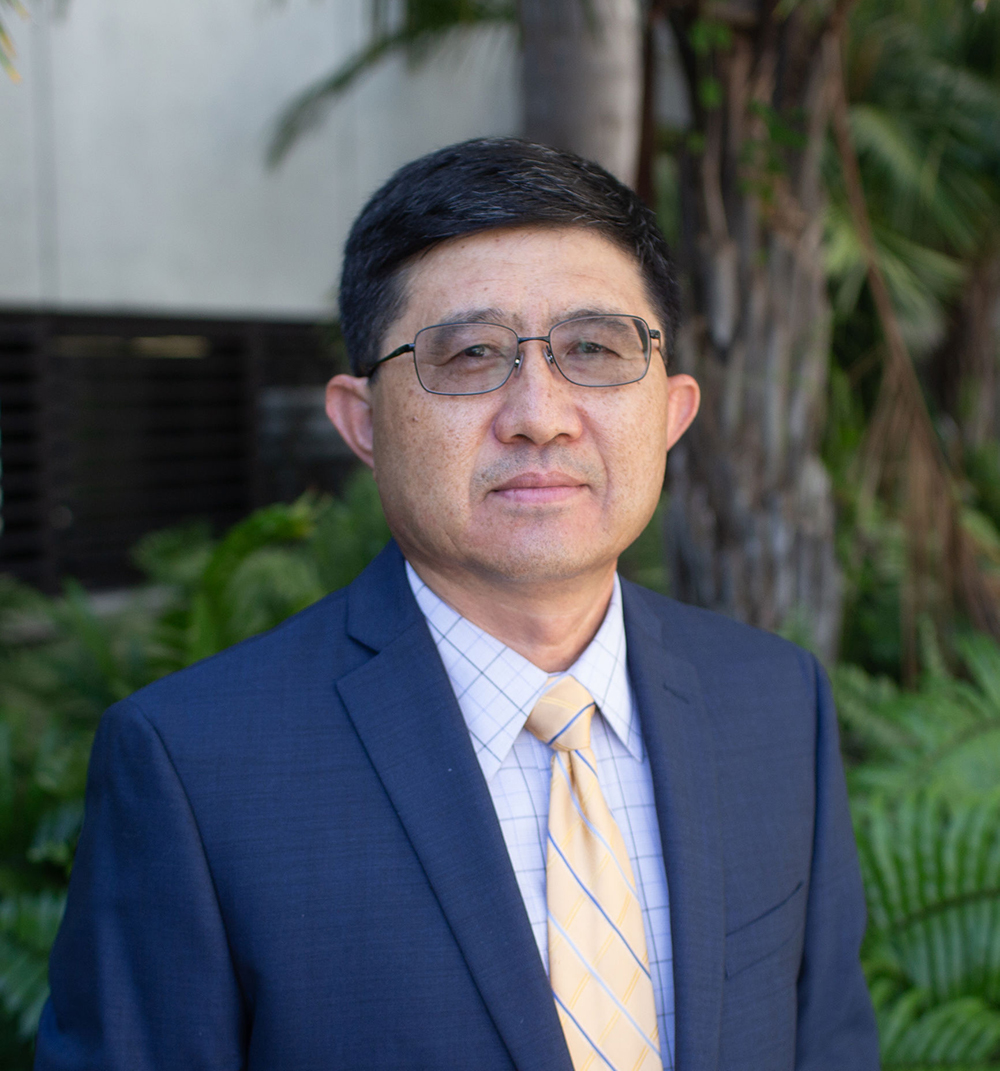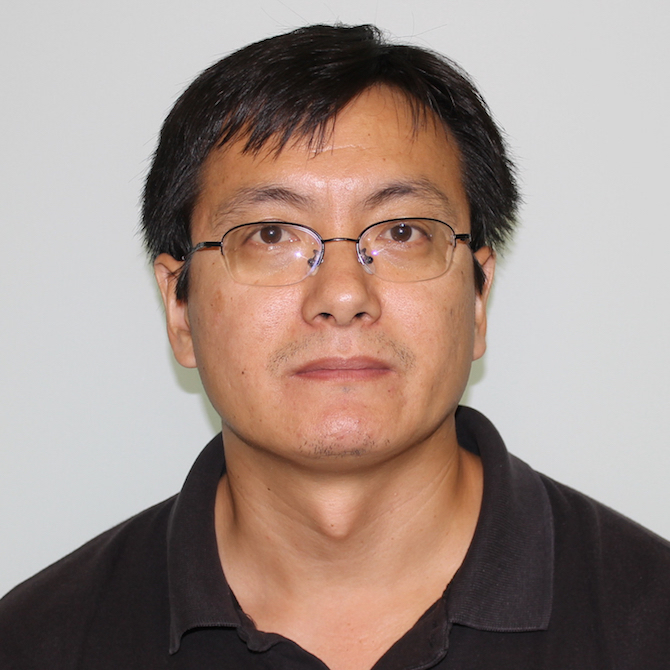Our facility is equipped with state-of-the-art instrumentation for analysis of more than 20 metals in environmental and biological matrices, including mercury (total and methyl), as well as speciation of organometallic compounds in environmental, biomedical, and geological samples. We are accredited through the National Environmental Laboratory Accreditation Program: See our certificate and scope of accreditation.
We provide teaching, research and service support to researchers across the university and beyond in the fields of environmental sciences, chemistry, Earth sciences and environmental health. Activities include graduate student support, grant support, class laboratory instruction, workshop support and casework. Our experienced research and analytical teams can assist in developing new analytical methods to meet the needs of research programs.

Environmental Bioinorganic Chemistry Laboratory (EBCL)
Our research group, directed by Dr. Yong Cai, works in environmental chemistry, analytical chemistry, biogeochemistry, and environmental health of important and emerging contaminants. We are particularly interested in addressing interrelated, molecular-level questions pertinent to occurrence and analysis, environmental fate and processes, and metabolism and environmental health of toxic metals and metalloids, such as mercury (Hg) and arsenic (As). A few of our research foci include:
- Biogeochemical cycling of mercury in aquatic environments. Mercury pollution is a primary issue of concern worldwide. Mercury can be methylated to methylmercury, a highly toxic mercury species, which can bioaccumulate in fishes and thus pose health risks to humans. We employ a holistic approach to study the biogeochemistry of mercury by investigating ecosystem-scale mercury cycling as well as specific transformation and transport processes of mercury. By conducting in-depth studies on critical environmental processes of mercury that currently are of high uncertainty during mercury cycling, we obtain more accurate information on these processes and in turn advance the understanding of the overall biogeochemical cycling of mercury.
- Arsenic metallomics and environmental chemistry. Health problems associated with exposure to arsenic continue to command world attention, but some arsenic compounds are beneficial to human health through their application as cancer therapeutic agents. We base our arsenic studies on the complexity of arsenic speciation, which is strongly related to both toxicological and therapeutic effects of arsenic. By conducting comprehensive speciation analysis and identifying new species during biological metabolism and environmental transformation of arsenic, we explore the role of key arsenic species to provide an improved understanding of metabolism and environmental processes of arsenic.
- Environmental processes and remediation of nuclear pollutants. We focus nuclear contamination studies on the effects of common environmental components on transport and transformation of pollutants such as uranium at contaminated sites that need to be remediated. Environmental processes of uranium, including surface complexation, precipitation and redox reaction, are governed by factors such as organic matter and need to be fully characterized to be considered in developing remediation methods.
Team
Faculty
- Yong Cai - Professor and chair of the Department of Chemistry and Biochemistry; analytical chemistry, environmental chemistry and metallomics
Staff
- Guangliang Liu - Research scientist and lab manager; environmental chemistry and environmental health of toxic metals
- Kang Wang - Postdoctoral research associate; geo/environmental chemistry of Hg
- Juan S. Olaya - Research assistant; lab management and coordination
Doctoral Students
- Samuel Ogunsola - Fate and transformation of Hg at the water-sediment interface in aquatic environments
- Mayowa Oladipo - Characterization of interaction of Hg with dissolved organic matter using multiple analytical methods
- Peter Olusakin Oladoye - Effects of engineered nanoparicles (e.g., silver nanoparticles) on aqueous Hg photochemistry
- Afia Anjuman - Characterization of organic matter produced by periphyton and effects on mercury transport and transformation
Previous Members
- Postdocs and Visiting Scholars: Changjun Fan, Na Zhu, Cheng Zhang, Xiuqing Liang, Ying Yang, Shujuan Sun, Bo Meng, Yanbin Li, Naseem Rauf, Guidi Yang, Yongguang Yin, Yiqun Xu, Haiyu Yan, Ligang Hu
- Doctoral Students: Valery Liamtsau, Hansell Gonzalez Raymat, Silvina Di Pietro, Yuping Xiang, Wenbin Cui, Mingwei Yang, Ping Jiang, Dionne Dickson, Szabina Stice, Wang Yongmin, Lucy Yehiayan, Sen Chen, Yuxiang Mao, Zhangrong Chen, Weihua Zhang
Yong Cai
Professor; Chair, Department of Chemistry and Biochemistry; RFA 1 [...]
305-348-6210
cai@fiu.edu
CP 325, CP 373, CP 396-398, VH 316B-CGuangliang Liu
Research Specialist II
305-348-7480
liug@fiu.edu
VH 317

